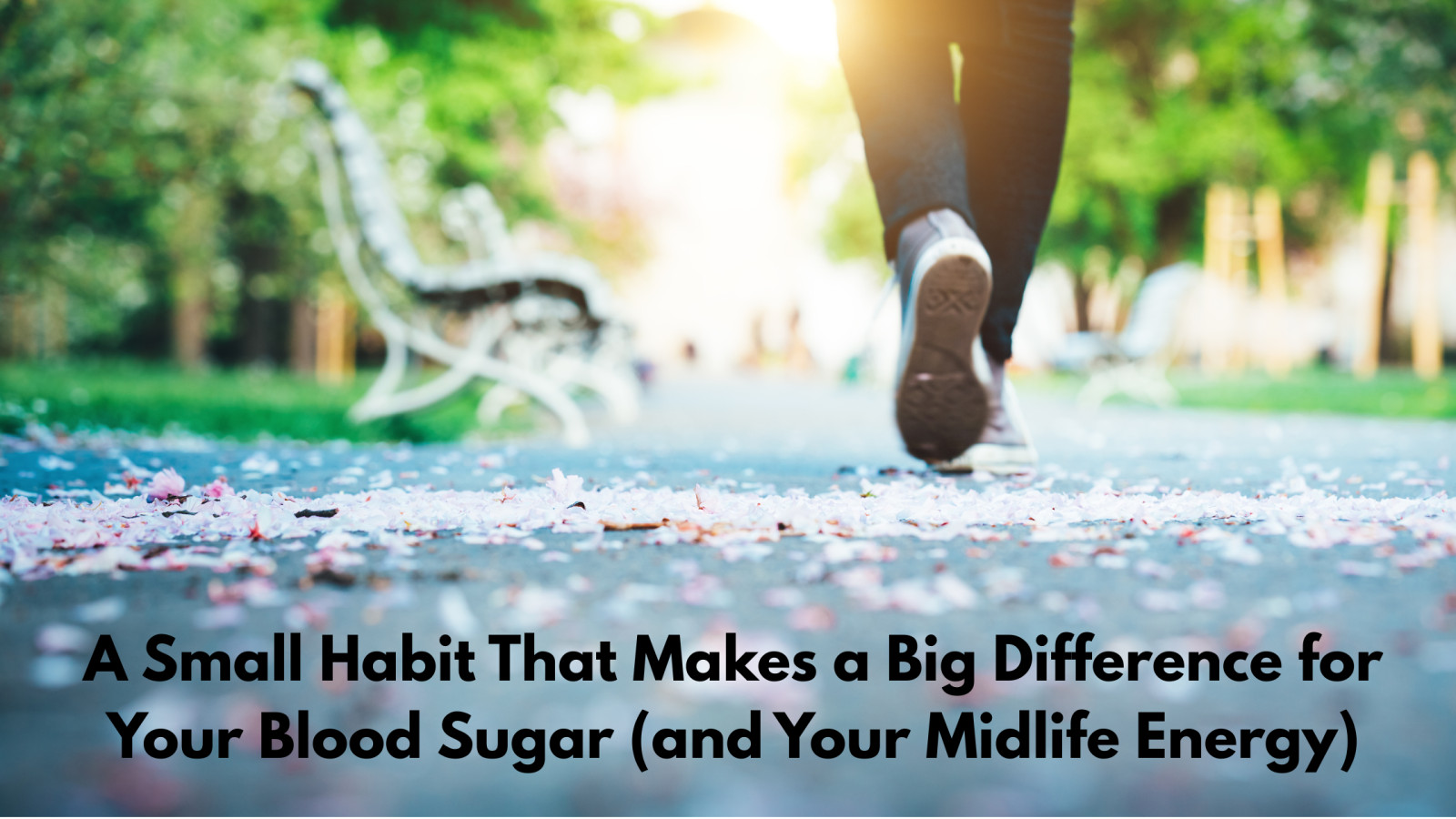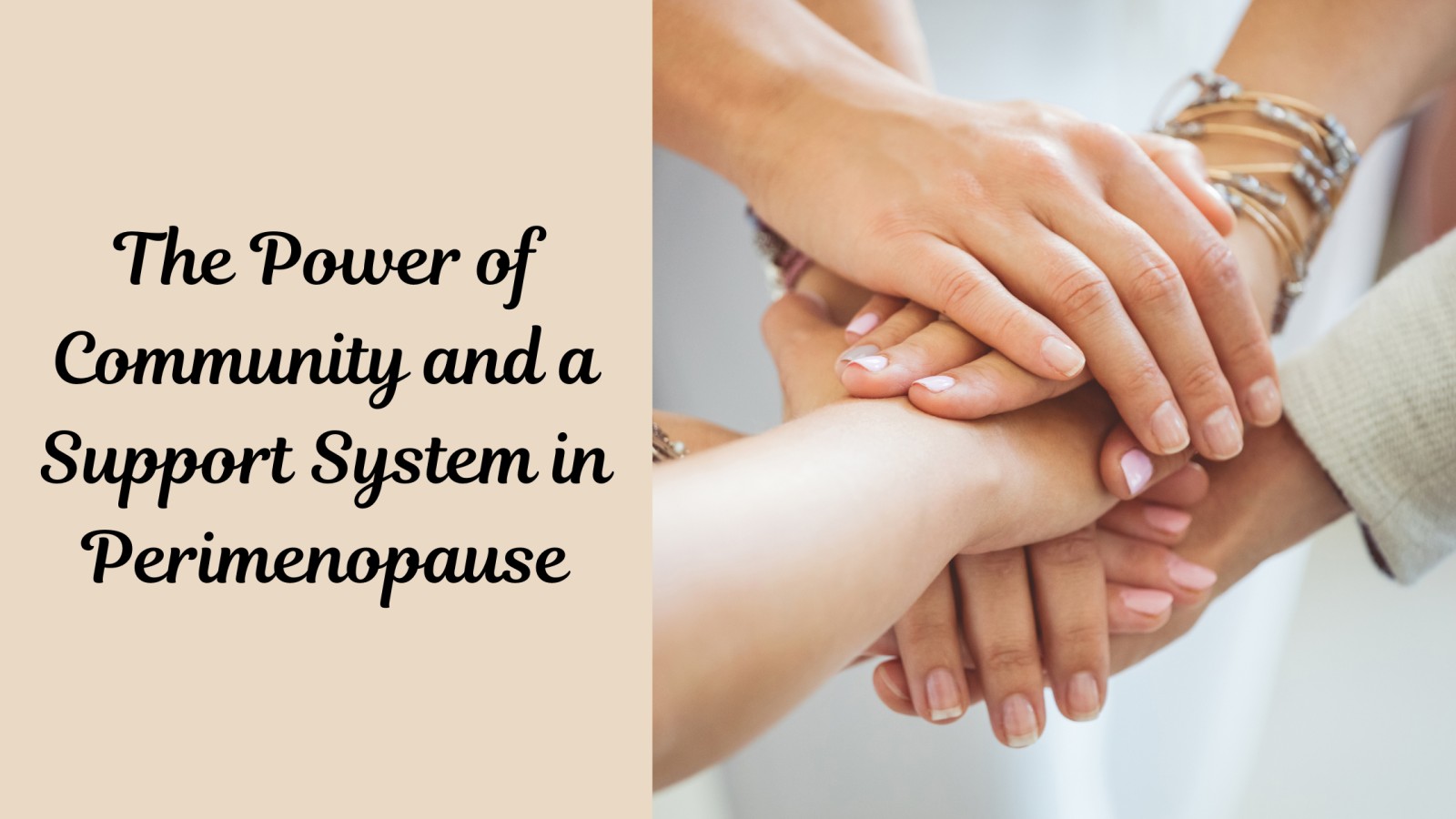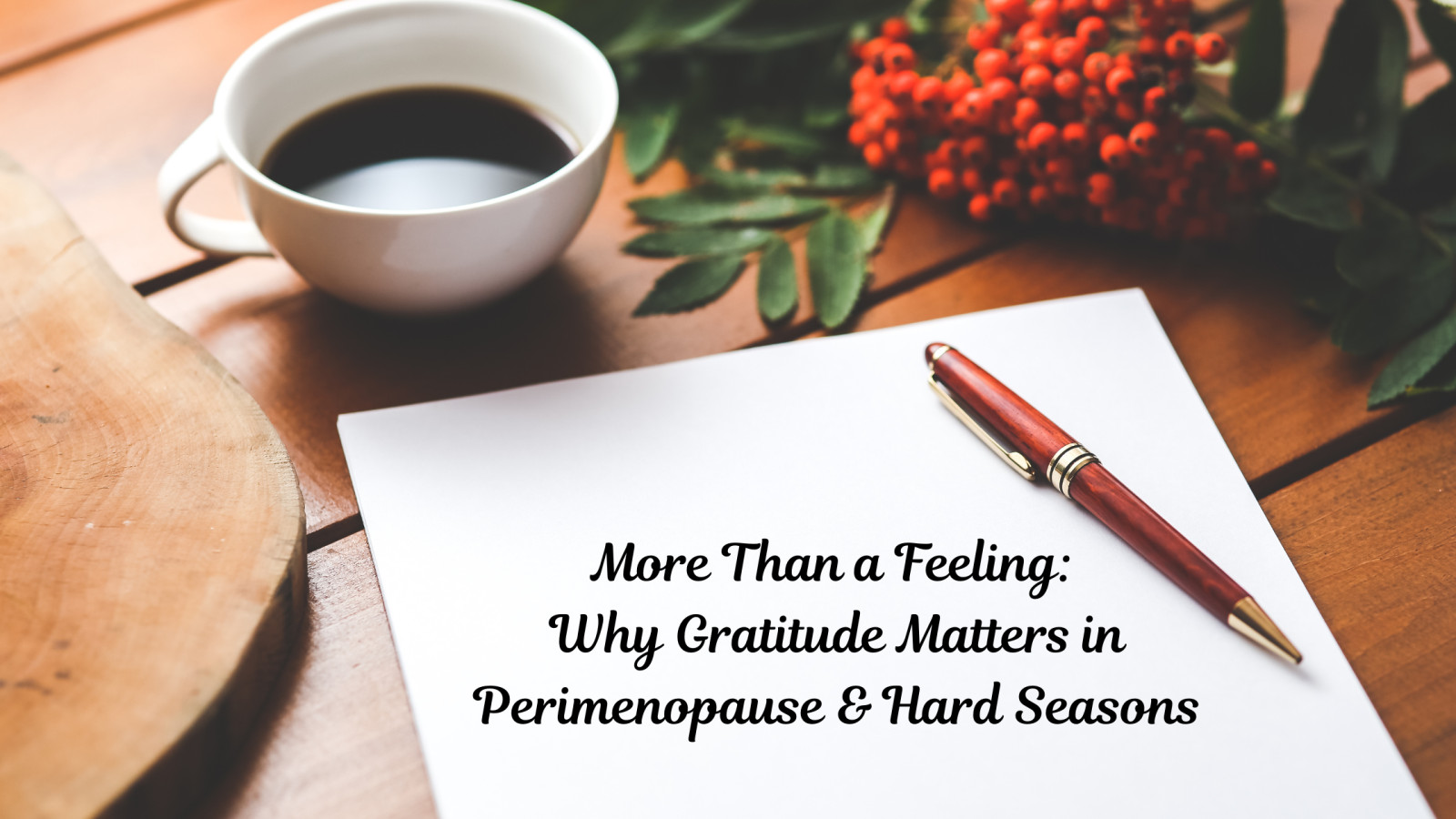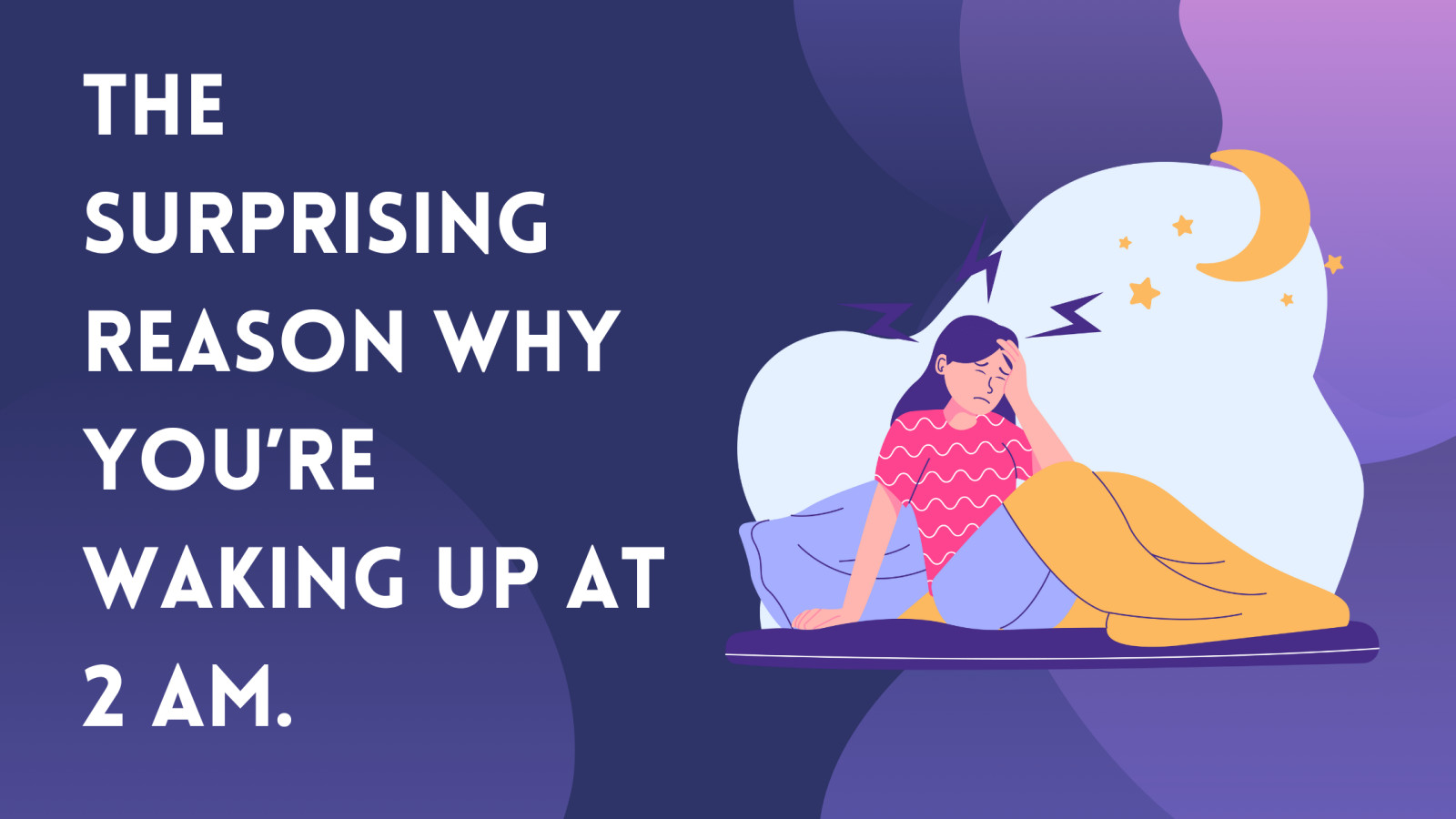
💬 Feeling Sluggish After Meals? Here’s Why
Ever finish a meal and plop on the couch, only to feel that creeping “energy slump” or an urge for something sweet soon after?
What you do after you eat can make a huge difference — especially in perimenopause, when hormone fluctuations can make blood sugar swings more noticeable.
What you do after you eat can make a huge difference — especially in perimenopause, when hormone fluctuations can make blood sugar swings more noticeable.
This week, we’re focusing on movement after meals — one of the simplest, most effective habits for balancing blood sugar, boosting energy, and calming your mood. And inside my 5-Day Movement Challenge on Facebook, we’re putting it into action together!
🧬 Why Movement After Meals Matters
When we eat, our blood sugar naturally rises as glucose enters the bloodstream. Your body releases insulin to help move that glucose into your cells for energy.
But during perimenopause, as estrogen and progesterone fluctuate, your body may become less sensitive to insulin, meaning blood sugar can stay higher for longer — which can contribute to fatigue, irritability, brain fog, and even sleep issues.
Research continues to show that light movement after meals (even a few minutes) helps regulate blood sugar and prevent sharp spikes and crashes.
- 🔹 A study found that 30 minutes of brisk walking after a meal significantly lowered glucose peaks.
Source: National Library of Medicine - 🔹 A meta-analysis found that just 2-5 minutes of light walking after a meal lowered post-meal blood sugar compared to sitting.
Source: Eating Well / 2022 review - 🔹 Short, frequent movement breaks (10–20 minutes total) improved glucose response more than one long workout.
Source: Medicine & Science in Sports & Exercise Journal
Even small amounts of post-meal movement can support smoother energy levels, steadier moods, and fewer cravings later in the day.
You don't have to be in a hurry either! Waiting 30-90 minutes after your meal, when your blood sugar is at its highest, to get some movement in can provide the most benefit and help prevent that blood sugar spike and crash.
✅ Good • Better • Best: How to Move After Meals
| Level | What You Do | Why It Works |
|---|---|---|
| Good | Stand, stretch, or move around for 2-5 minutes after your meal. | Even minimal movement helps your muscles use glucose more efficiently and reduces spikes. (UCLA Health) |
| Better | Walk or move for 5-10 minutes after one meal each day. | Consistent muscle activity = better insulin response and digestion. |
| Best | Move for 10-15 minutes after your largest meals; include stairs, squats, or a short strength circuit. | Maximizes blood sugar regulation, supports hormones, and boosts metabolism. |
🩵 Start small and work your way up. Just know that small steps can still make a big difference.
🎶 Ways to Make It Fun
Movement doesn’t have to feel like a chore! Here are ideas to help you look forward to your post-meal time:
- 🎧 Listen to a podcast or audiobook during a short walk or call a friend or family member to chat.
- 📺 Watch your favorite TV show while walking on a treadmill or walking pad or pedaling on a stationary bike.
- 🎵 Dance around the kitchen to your favorite music while tidying up.
- 🧑🤝🧑 Walk with a friend, neighbor, or family member. This is great for accountability!
- 🪜 Take the stairs — 5–10 rounds after a meal works wonders.
- 👨👩👧 Make it family time — a nightly stroll is great for digestion and connection.
🎯 How to Build the Habit
Creating consistency is what makes this habit powerful. Here’s how to set yourself up for success:
- Start Small – Pick one meal and commit to moving for just 5–10 minutes afterward.
- Schedule It – Add it to your calendar or set an alarm as a gentle reminder.
- Track It – Use a daily tracker or your journal to note how you feel afterward.
- Notice Changes – Watch for shifts in energy, mood, sleep, and perimenopause symptoms.
- Celebrate Wins – Every time you show up, you’re supporting your hormones and your future self!
🌟 Join the 5-Day Movement Challenge!
If you’re ready to put this into practice, come join me for our 5-Day Movement Challenge happening this week inside the Pause Party Facebook Community.
Each day, we're focusing on small, doable movement goals after meals — plus community encouragement, accountability, and reflection prompts to help you notice the difference.
You’ll:
- Learn how different types of movement affect your blood sugar
- See how your mood, energy, and symptoms shift in just five days
- Have fun doing it with other women who get it
🩷 It’s completely free to join — just hop in and start where you are.
💖 Final Thoughts
You don’t need perfection to support your blood sugar — you just need movement and consistency.
Every step after a meal, every bit of intentional motion, is a signal to your body: I’m taking care of you.
Every step after a meal, every bit of intentional motion, is a signal to your body: I’m taking care of you.
If you’re ready to start small and see big changes, let’s move together this week.
👉 Join the 5-Day Movement Challenge and see how your body thanks you.
👉 Join the 5-Day Movement Challenge and see how your body thanks you.










